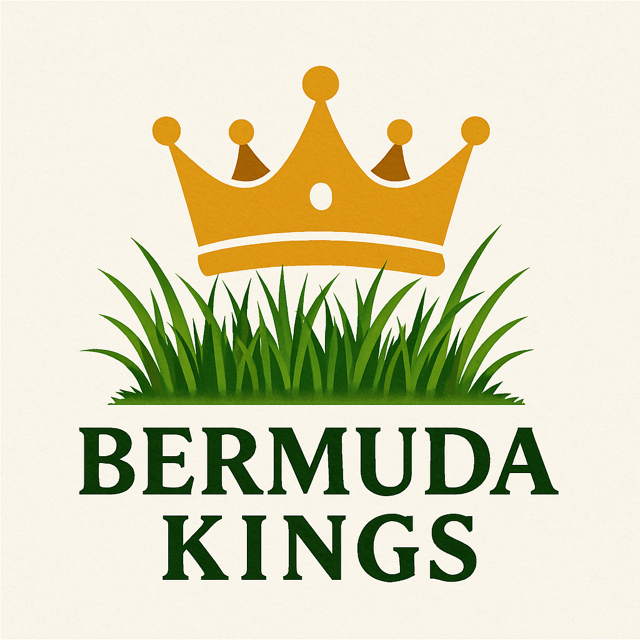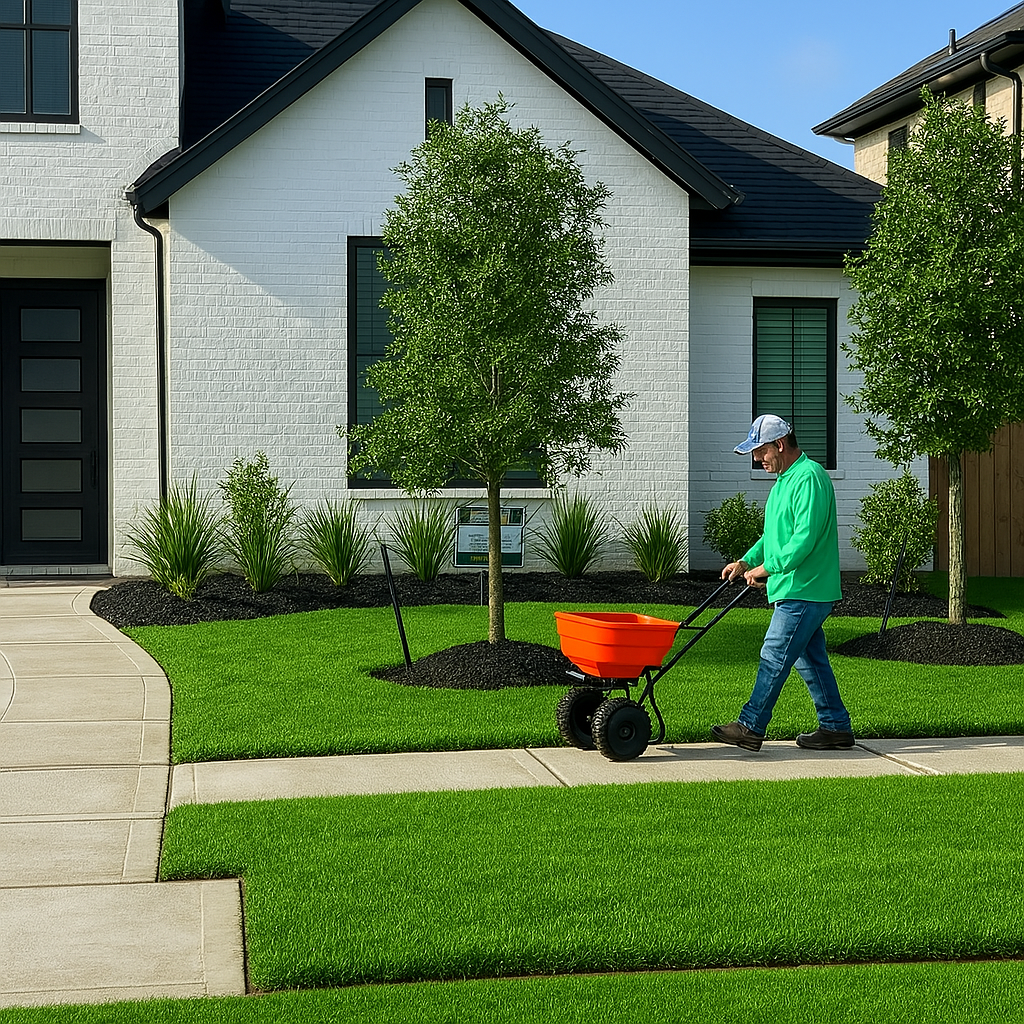urpose and Benefits of Topdressing:
Topdressing offers numerous benefits that contribute to a healthier, more resilient, and aesthetically pleasing lawn:
Improves Soil Structure:
For clay soils: Adding sand can help break up heavy clay, improving drainage and aeration.
For sandy soils: Adding compost or a soil blend with organic matter helps sandy soils retain water and nutrients better.
Increases organic matter: Compost enriches the soil with beneficial microorganisms and nutrients, fostering a healthier soil ecosystem.
Enhances Nutrient Content:
Compost-rich topdressing provides a slow-release source of nutrients, reducing the need for synthetic fertilizers and promoting sustained growth.
Promotes Denser Turf:
Topdressing encourages new root development within the topdressing layer, leading to a denser, more robust turf that is better able to resist weeds and diseases.
Levels Uneven Areas:
Minor depressions and bumps in the lawn can be gradually smoothed out over time by consistently applying topdressing, leading to a more uniform surface.
Aids in Overseeding and Repair:
When overseeding, a thin layer of topdressing applied after seeding provides good seed-to-soil contact, protects the seeds from drying out, and improves germination rates. It's also excellent for repairing bare patches.
Reduces Thatch Buildup:
The microorganisms introduced with organic topdressing help break down existing thatch, converting it into beneficial humus and preventing excessive accumulation.
Improves Water Retention and Drainage:
By improving soil structure, topdressing can enhance both the soil's ability to hold moisture during dry periods and its capacity to drain excess water during wet conditions.
Buffers pH:
Compost-based topdressings can help moderate soil pH, bringing it closer to the ideal range for grass growth.
Types of Topdressing Materials:
Compost: The most common and beneficial topdressing. High in organic matter, nutrients, and beneficial microbes. It improves soil structure, water retention, and nutrient availability.
Sand: Used primarily to improve drainage in heavy clay soils. It's crucial to use coarse, washed sand to avoid creating a concrete-like layer.
Topsoil: A mixture of sand, silt, clay, and organic matter. Can be used for minor leveling or to add bulk.
Custom Blends: Often a mix of compost and sand, tailored to the specific needs of the lawn's soil type and condition.
How to Topdress a Lawn:
Prepare the Lawn: Mow the lawn to a slightly lower height than usual. If necessary, aerate or dethatch the lawn beforehand, as this creates more opportunities for the topdressing material to integrate with the soil.
Choose the Right Material: Select a high-quality topdressing material appropriate for your lawn's needs.
Apply Evenly:
Manually: For smaller areas, you can spread the material with a shovel and then use the back of a rake, a push broom, or a specialized topdressing rake to evenly distribute it.
Spreaders: For larger lawns, walk-behind topdressing spreaders (manual or motorized) ensure a more consistent application.
Apply a thin layer, typically about 1/8 to 1/4 inch thick. The goal is to barely see the grass blades through the topdressing.
Work it In: Use a rake, broom, or flexible mat dragged behind a mower or ATV to work the topdressing down into the turf and soil.
Water: Lightly water the lawn to help the topdressing settle and to prevent it from blowing away.
When to Topdress:
The best time to topdress is during the lawn's active growing season, allowing the grass to quickly recover and grow through the new material.
Cool-season grasses: Late summer to early fall (August to October) or early spring (April to May).
Warm-season grasses: Late spring to early summer (May to July).
Frequency:
Topdressing is typically done annually or biannually for significant improvements. For general maintenance and minor leveling, it can be done as needed, often in conjunction with overseeding. Over-application or applying too thick a layer can smother the grass, so thin, consistent layers are key.









